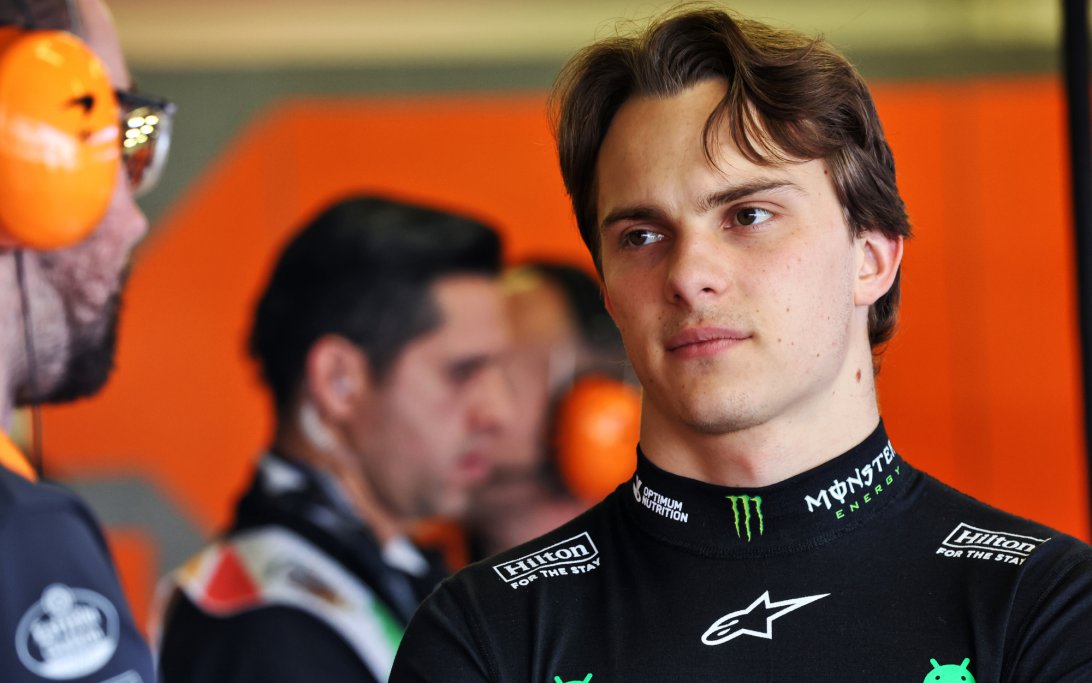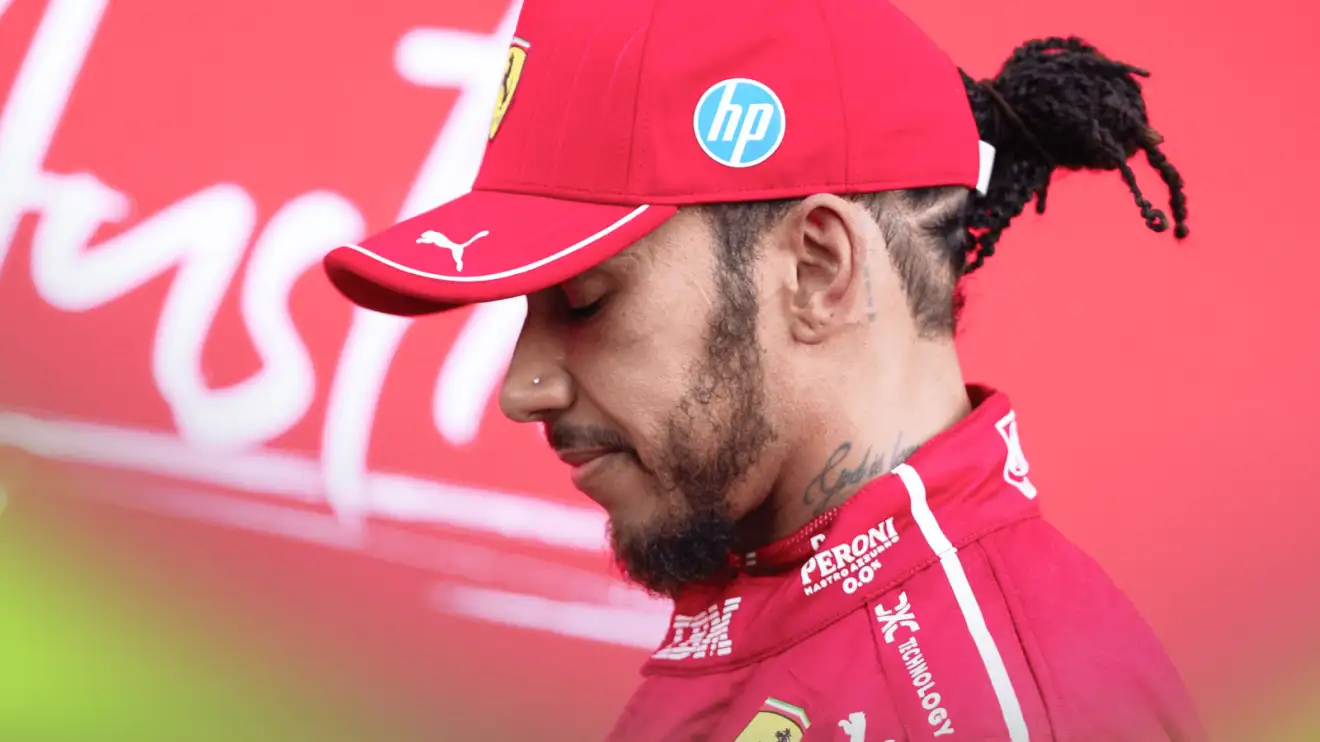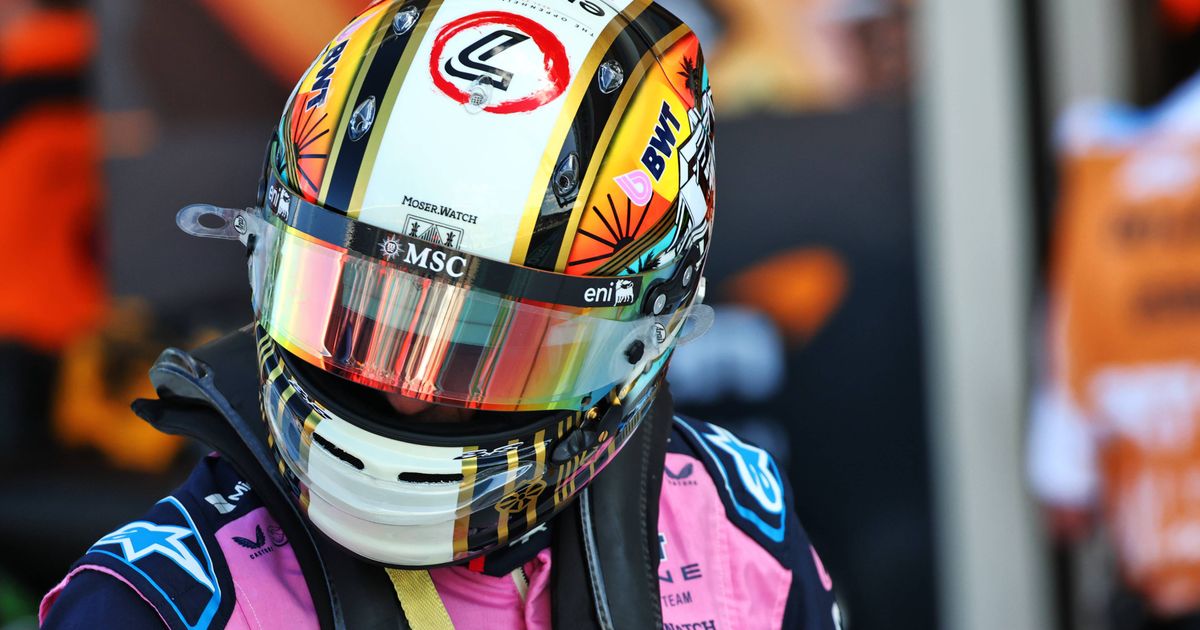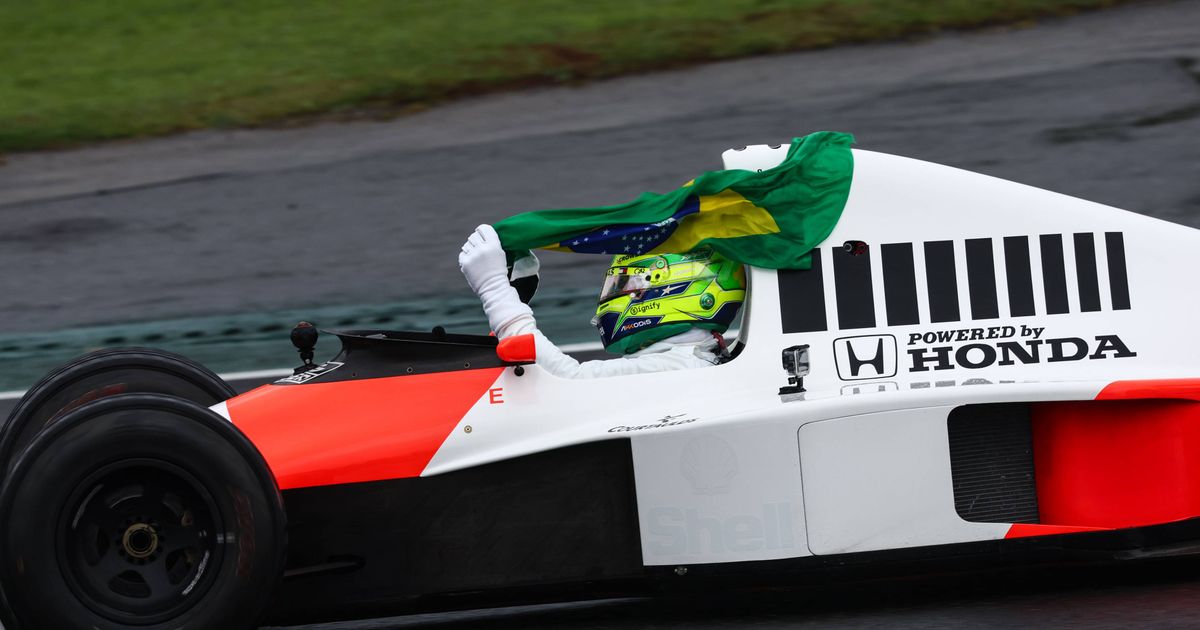
Engine Penalties: A Decisive Factor in the F1 Title Race?
As the F1 title battle intensifies, the specter of engine grid penalties looms large over the championship contenders, with the risk of exceeding power unit component allocations becoming a critical concern in the season's final stages.
Why it matters:
Engine penalties have historically reshaped championships, and with the 2025 season nearing its conclusion, a single component failure or strategic engine change could significantly alter the pecking order and potentially decide the title. Teams' meticulous planning at the start of the season is now being put to the test as they navigate the fine line between performance and reliability, making every decision about power unit usage a high-stakes gamble.
The Details:
- FIA Regulations: For the 2025 season, the FIA permits each driver to use:
- 4x Internal Combustion Engine (ICE)
- 4x Motor Generator Unit-Heat (MGU-H)
- 4x Motor Generator Unit-Kinetic (MGU-K)
- 4x Turbocharger (TC)
- 2x Energy Store (ES)
- 2x Control Electronics (CE)
- 8x Exhaust (EX)
- Penalty Structure: The first instance of exceeding any component allocation results in an automatic 10-place grid penalty. Subsequent breaches incur an additional five places. If a driver accumulates 15 or more grid places in a single race, they are automatically relegated to the back of the grid.
- Current Penalties: Several drivers, including Lewis Hamilton, Yuki Tsunoda, and Fernando Alonso, have already served penalties this season. However, the focus is now squarely on the three title contenders.
The Big Picture:
With 83% of the season completed, all three title contenders — Max Verstappen, Oscar Piastri, and Lando Norris — are pushing their power units to the limit. The risk of incurring penalties is escalating as the engines accumulate mileage and the demand for peak performance remains high. A strategic decision to introduce new components, even if it means a penalty, might be deemed necessary to maintain competitiveness in the crucial final races.
Between the Lines:
- Verstappen's Exhaust Risk: Max Verstappen is particularly vulnerable to exhaust penalties, having already used seven of his allocated eight units with four races and a sprint event remaining. Both Piastri and Norris are currently on three exhausts, giving them more breathing room. Verstappen can afford only one more exhaust issue before facing a 10-place grid drop.
- Universal Risk: More critically, all three contenders are at their limit for the ICE, TC, MGU-H, MGU-K, ES, and CE components. This means any significant incident or component failure could almost certainly lead to a grid penalty in a subsequent race. Teams will be weighing the performance loss of running an older, less optimal engine versus taking a penalty for a fresh, higher-performing unit.
What's next:
Teams will be meticulously monitoring engine mileage and performance in the upcoming races, attempting to extract every last bit of life from their current components. The strategic choice of when, or if, to take a grid penalty could become a defining moment in the championship. Any unexpected mechanical issue or a race incident could trigger a penalty, potentially shifting the momentum and playing a decisive role in crowning the 2025 F1 World Champion.
Original Article :https://www.planetf1.com/news/how-looming-grid-penalties-could-play-pivotal-role...









